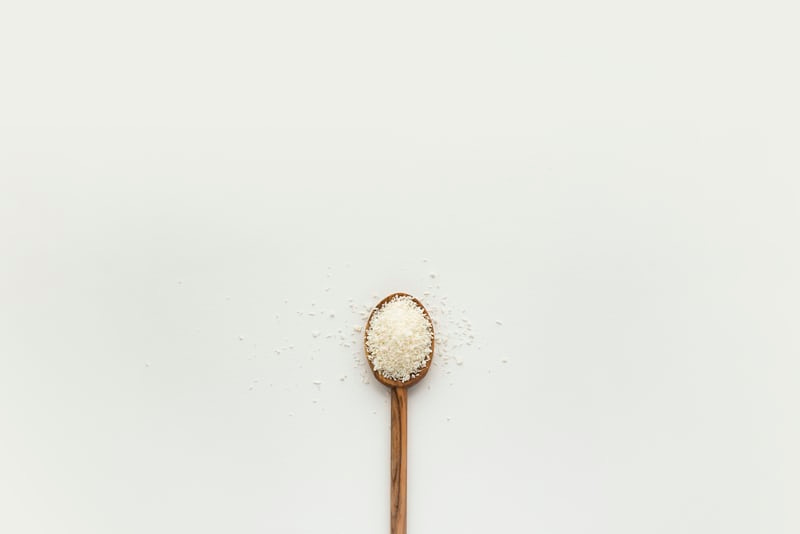📍 Introduction
When you cook one ingredient (e.g., pasta) in another ingredient (e.g., water), both elements must taste good on their own before combining
Seasoning is the process of adding salts, herbs, or spices to food to enhance the flavor. It most commonly refers to the use of salt and is essential for ensuring that food is tasty from the inside out
The salt in seasoning helps food taste brighter and more like themselves (as opposed to noticeably bland)
Properly seasoned water tastes like seawater
🧂 Ingredients & Equipment:
Kosher Salt
Ramekin & measuring spoon
✔️ Instructions:
Boil 4 cups water
Add 1/2 teaspoon of salt to the water
Taste (carefully).
Add salt gradually until the water tastes like pleasant seawater
📝 Notes, Tips, Tricks
Do not use table salt for cooking. It contains iodine, which releases a noticeably metallic taste when heated. Kosher salt is cleaner & economical (~$3 for a 5 lb box). It’s best to choose one brand (e.g., Morton’s or Diamond Crystal) & stick with it. This ensures you are familiar with how salty your pinch is. More info here.
Salt the water only after it’s boiling to ensure it dissolves completely. Use a wooden spoon for safer tasting.
Don’t shake salt from a bottle into something - it’s impossible to track how much is coming out.
Most chefs keep kosher salt in a little bowl or ramekin within reach of the stovetop. This makes salting by hand easy & efficient.
Memorize what 1 teaspoon and 1 tablespoon look & feel like in your hand for faster measuring in the future
If the water is too salty, remove some with a cup and add more water. Having a filled, heated electric kettle on hand helps ensure you have hot water at the ready for adjustments
Contrary to popular belief, salt does not impact the speed of reaching a boil. Add enough, however, and the temperature will go up by 1 degree
Fun fact: human saliva is .5% salt by weight, meaning food at a lower salinity tastes bland. Following this logic, you can “perfectly” season a pot of soup by weighing it and adding .5-1% of its weight in salt
🎓 Further Studies:










